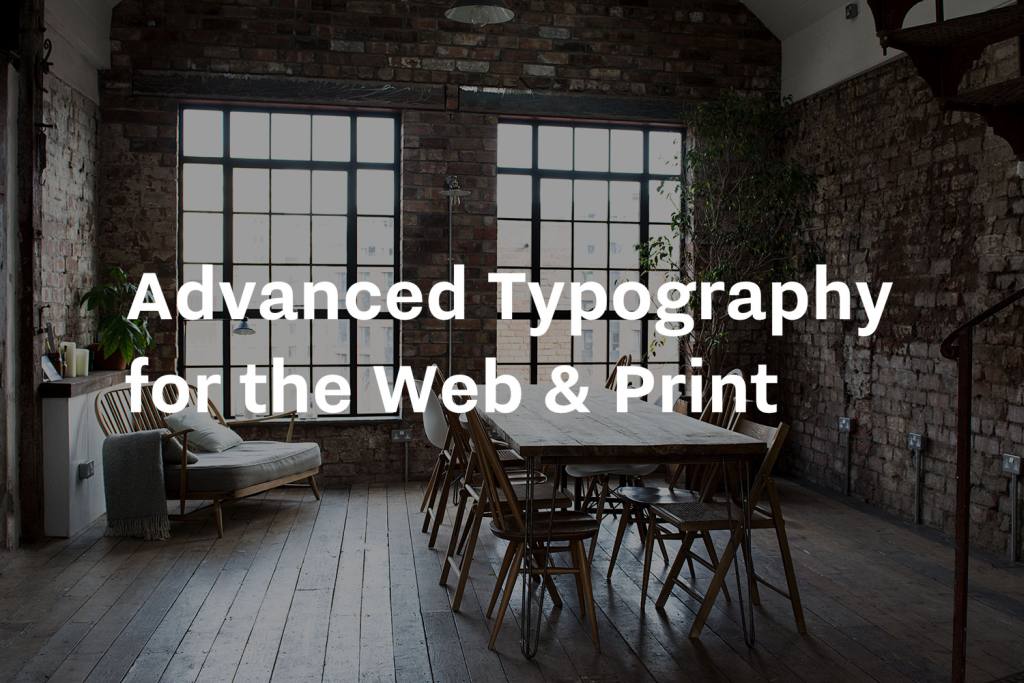Web Design Trends for 2024
In an era where digital presence defines success, staying ahead of the latest web design trends is crucial. The design of your website not only reflects your brand’s identity but also plays a pivotal role in user experience and conversion rates. As we step into 2024, several key trends are set to redefine how websites are designed and function. This post will explore the modern web design trends for 2024, focusing on elements that enhance user experience and drive conversions.
Importance of Modern Web Design
Modern web design is more than just an aesthetic choice; it’s a strategic component that influences how users interact with your site. A well-designed website can significantly impact user engagement, brand perception, and conversion rates. As technology evolves, so do user expectations. Keeping up with the latest design trends ensures that your website remains relevant, functional, and appealing to your target audience.
Key Design Trends for 2024
-
Mobile-First Design
With mobile devices accounting for more than half of global web traffic, designing with a mobile-first approach is no longer optional. In 2024, the emphasis on mobile responsiveness will be more pronounced. Websites will need to be optimized for smaller screens, ensuring that content loads quickly and navigates smoothly. This approach not only improves user experience but also aligns with Google’s mobile-first indexing, enhancing your site’s SEO performance.
-
Minimalistic Aesthetics
Simplicity continues to be a strong trend. Minimalistic design, characterized by clean lines, ample white space, and a focus on essential content, remains popular. This approach helps users focus on key elements without being overwhelmed by clutter. In 2024, expect to see more websites embracing minimalism to create a sleek, sophisticated look that enhances readability and user engagement.
-
Advanced Typography
Typography is becoming more than just a tool for conveying information; it’s now a central element of design. Bold, creative fonts and dynamic typography are making headlines in 2024. Websites are using typography to create visual interest, guide users through content, and establish a unique brand voice. Expect to see more experimentation with font sizes, styles, and animations to make text more engaging and memorable.
-
Immersive Experiences
Interactive elements and immersive experiences are gaining traction. Technologies like augmented reality (AR) and virtual reality (VR) are being integrated into web design to offer users a more engaging and interactive experience. These elements can enhance product demonstrations, virtual tours, and user interaction, providing a memorable experience that sets your site apart from competitors.
-
Dark Mode
Dark mode is not just a trend but a user preference that’s here to stay. It reduces eye strain, saves battery life on OLED screens, and provides a modern, sleek look. Websites that offer a dark mode option cater to users who prefer this aesthetic, improving overall user satisfaction and accessibility.

Best Practices for User-Friendly Websites
-
Intuitive Navigation
User-friendly websites prioritize intuitive navigation. Ensure that your site’s menu structure is logical and easy to follow. Implement clear calls-to-action (CTAs) and a search function to help users find what they’re looking for quickly. A well-organized navigation system enhances user experience and encourages visitors to stay longer on your site.
-
Fast Loading Times
Speed is critical in today’s digital landscape. Slow-loading websites can frustrate users and lead to high bounce rates. Optimize your website’s performance by compressing images, leveraging browser caching, and minimizing code. Tools like Google PageSpeed Insights can help you identify and address performance issues.
-
Accessible Design
Designing with accessibility in mind ensures that your website is usable by everyone, including those with disabilities. Follow web accessibility guidelines, such as providing alt text for images, using color contrasts, and ensuring that your site is navigable via keyboard. An accessible design not only broadens your audience but also improves overall usability.
-
Consistent Branding
Consistency in branding helps build trust and recognition. Use consistent colors, fonts, and imagery that align with your brand identity. This consistency across all pages and touchpoints creates a cohesive and professional look, reinforcing your brand’s message and values.
Enhancing Website Performance and Speed
Website performance is crucial for retaining users and achieving high search engine rankings. Here are some strategies to enhance your site’s performance:
- Image Optimization: Compress and resize images to reduce load times without sacrificing quality.
- Code Minification: Minify CSS, JavaScript, and HTML files to decrease file sizes and improve load speeds.
- Content Delivery Network (CDN): Use a CDN to distribute content across multiple servers, reducing latency and improving load times for users globally.
Examples of Successful Web Designs
-
Apple
Apple’s website exemplifies minimalistic design with its clean layout, high-quality imagery, and focus on product presentation. The intuitive navigation and fast loading times enhance user experience, making it a great example of modern web design principles.
-
Airbnb
Airbnb’s website utilizes immersive experiences through interactive maps and dynamic search features. Its mobile-first design ensures a seamless experience across devices, and the consistent branding reinforces its global identity.
-
Slack
Slack’s website stands out with its creative typography and user-centric design. The site’s intuitive navigation and clear CTAs guide users through the onboarding process, showcasing best practices in user-friendly web design.
Conclusion
As we navigate through 2024, embracing these web design trends and best practices will help you create a website that not only looks great but also performs exceptionally well. From mobile-first design and minimalistic aesthetics to interactive experiences and fast loading times, staying updated with the latest trends ensures that your website remains relevant and effective in meeting user needs. By focusing on these key elements, you can enhance user experience, drive conversions, and build a strong digital presence for your brand.

